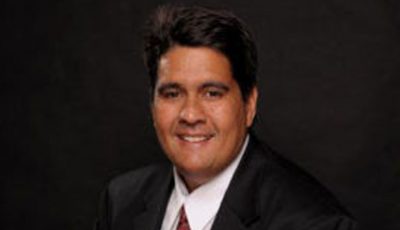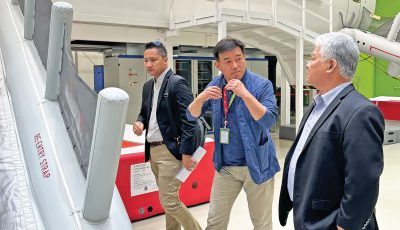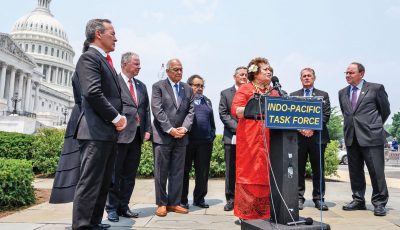China on my Centimos
I opened a Postal Savings Bank in northern Luzon at 6. My pesetas were matched by Mother whenever I deposited. When asked by adults what I will do with my savings, I blurted out of the blues: “I will travel to China.”
I heard my first Zhongwen chatter 1965 in HK, the “fragrant harbor” of the Brits, now a Special Administrative Region of the PRC called Xiang Jiang River (a redundancy since Xiang is a famous river in Kunming that feeds into the Yangtze and meanders to Canton and HK in the Pearl River basin; the word jiang also means “river”).
Took the rails from Kowloon to the border a couple of times, and “felt” being in China I was taught to mysteriously fear (the Binondo variety in Manila and those from Fujian spoke Mandarin and the local dialect); my first mainland foray was shortly after the Tiananmen incident (Gate of Heavenly Peace) in Beijing ’89. I visited Shanghai (saw Pu Dong Airport under construction in the middle of a rice field), Suzhou, Hangzhou, Xi’an and made my first trip to Taiwan.
Later, my wife took me to Wuxi and Nanjing in Jiangsu, Guillin in Guangxi, Chengdu, Ya-an, Kangding and Ping Le in Sichuan, Chongqing (one of four large municipalities that include Shanghai, Beijing, and Tianjin), Inner Mongolia grasslands in Manzhouli near Hulan lake through Shi Wei by the Amur to Mohe of Heilongjiang, Heihe on the China side of the Amur river bordering Russia’s Far East, to Dalian, then Dandong by the Yalu River to Yanbian Autonomous area on the old Kogoryo empire. My Postal Savings’ opening comment proved prescient. I picked up a good picture of residents’ cross section in Mao’s delineated China from Tumen to Kangding, Beijing to Guillin, and points in between.
Other than the Russian Far East and Central Asia, my human development pedagogy intruded into many sites except the polar caps. I spent 2010-2014 teaching English to students at Shenyang Aerospace University until Beijing denied my working visa when it implemented the age limit on teachers in schools, already “in the books.”
We had contract workers in Saipan’s garment industry in the 1990s. The Saipan Oleai Resource Center of the United Methodist Church got in contact with labor, challenges on administrative and immigration of CWs. I was the local pastor and I became familiar with their struggle.
U.S. Citizenship Immigration Service and Homeland Security are now alarmed at the abuse of Chinese tourist visas in the local labor market. Overstaying tourists employed as cheap labor is not uncommon. I hear of folks who are into sham marriages or false employ, just so someone of dubious status gets to stay. Not to justify the practice but to make it a bit more understandable, here’s my limited perspective.
The 45-day tourist visa available at the airport hosts Chinese visitors. Now we have a construction boom on integrated resorts (aka casino), and related services at hotels, and private inns. Chinese tourists come in two flavors.
There are those who mean to seek their fortune, hawking soul to kin and neighbor back home to afford the trip, like many who came earlier eager to earn renminbi in the famed garment industry; some turned out to be victims of unscrupulous agencies who signed folks up for three years knowing that Saipan only recognized yearly contracts. I met some who came to the garment industry with three-year contracts, employed for three months and then were let go.
I met a few who overcame their despair and sought their fortune street-walking or taking cover at the pubs of the Paseo de Marianas in Garapan until the Blue Shirts pushed girth on street walkers. There are still a few who “buy” their CW status and retain a red light in their rooms.
The Filipina dancers undressed on stage and slid down a pole while friendly waitresses filled customers’ glasses while they entertained; streetwalkers of Chinese descent took to a room and undressed. Sometimes, the latter served a drink if one tipped generously.
Now we have young Chinese visitors who rent the Chevy Camaro and Ford Mustang, and then, leave. We encourage more of those. We also have legal residents who petition relations. The elders do childcare or tend the store, so we do not mind.
But there are those who come on the 45-day visa and decide to renew when allowed, illegally overstay quietly under someone’s employ if they can. Some employers of CWs are empty “shell” companies who “sell” the status; workers pay and take the allowed second job!
The delay in the issuance of CW permits came from the discovery that the program is full of holes. The incentive to recoup debts by CWs is too strong that some approach the deal as a once-in-a-lifetime deal and pay gratuities under the table.
I recently returned to my favorite store to clarify why there was a charge of two packs of noodles on my receipt. The Chinese storekeeper stammered her English with a smile: “that’s for peanuts. Peanuts, noodles, same-same.”
OK, Han (short for “honey”). Next time, I pay closer attention.



























